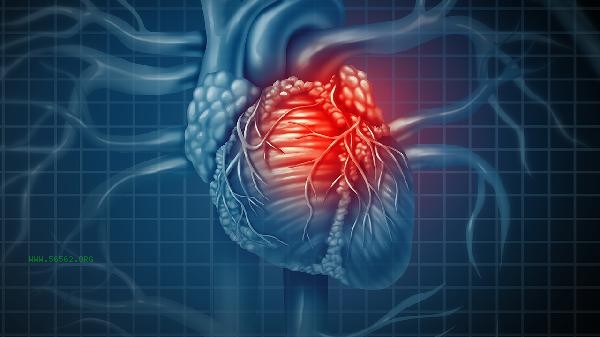Most healthy individuals can tolerate the 320 slice CT scan of the heart, but the actual tolerance is mainly related to factors such as contraindications, history of contrast agent allergies, renal function status, heart rate control, and compliance.

1. Taboos for examination:
Patients with severe arrhythmia and uncontrolled heart failure should not undergo this examination. Before the examination, it is necessary to evaluate whether there are contraindications to the use of contrast agents such as active asthma and hyperthyroidism. Pregnant women should generally avoid undergoing radiation tests.
2. History of Contrast Agent Allergy:
Individuals who have previously been allergic to iodinated contrast agents should be informed in advance of possible allergic reactions such as skin itching and laryngeal edema. Patients with a mild history of allergies can use antihistamines in advance, while those with a severe history of allergies should consider alternative examination options.
3. Renal function status: Patients with renal dysfunction whose serum creatinine clearance rate is less than 30ml/min should be cautious, as contrast agents may worsen renal damage. When patients with diabetes complicated with nephropathy, hydration treatment should be strengthened before and after examination to promote the excretion of contrast agent.

4. Heart rate control:
examination requires a stable heart rate below 65 beats per minute. Patients with frequent premature beats or atrial fibrillation may affect imaging quality. Beta blockers can be used to control heart rate, but individualized evaluation is required for medication in patients with hypotension and asthma.
5. Compatibility requirement:
During the inspection process, it is necessary to hold your breath multiple times to cooperate, with each hold lasting about 10-15 seconds. Patients with chronic obstructive pulmonary disease or the elderly may have difficulty breathing and require respiratory training in advance. Before undergoing a 320 slice CT scan, basic assessments such as electrocardiogram and renal function should be completed. On the day of the examination, loose clothing should be worn to avoid metal jewelry. After the examination, it is recommended to drink an appropriate amount of water to accelerate the metabolism of the contrast agent, and observe for 2 hours without discomfort before leaving the hospital. For individuals at high risk of coronary artery calcification, comprehensive assessment of cardiac health status can be achieved through auxiliary diagnostic methods such as exercise flat panel testing. Maintaining a low salt and low-fat diet and regular aerobic exercise can help improve cardiovascular tolerance.









Comments (0)
Leave a Comment
No comments yet
Be the first to share your thoughts!